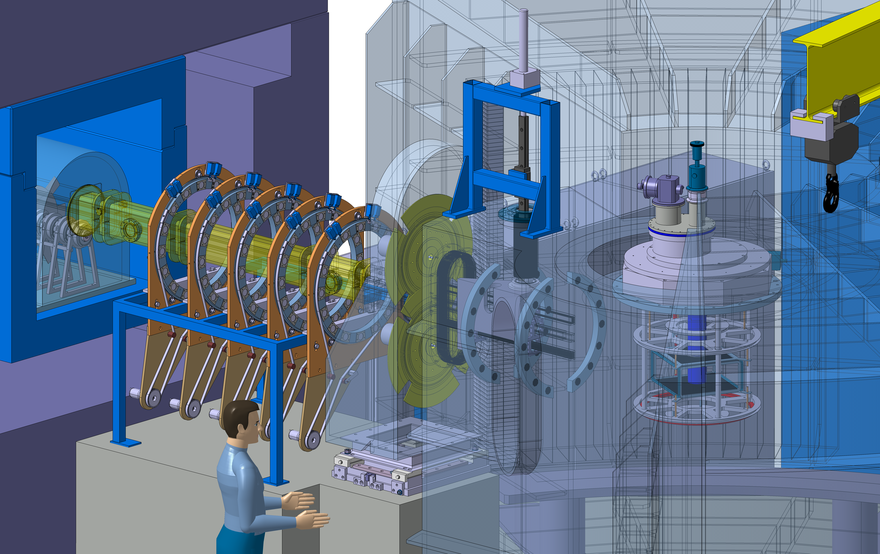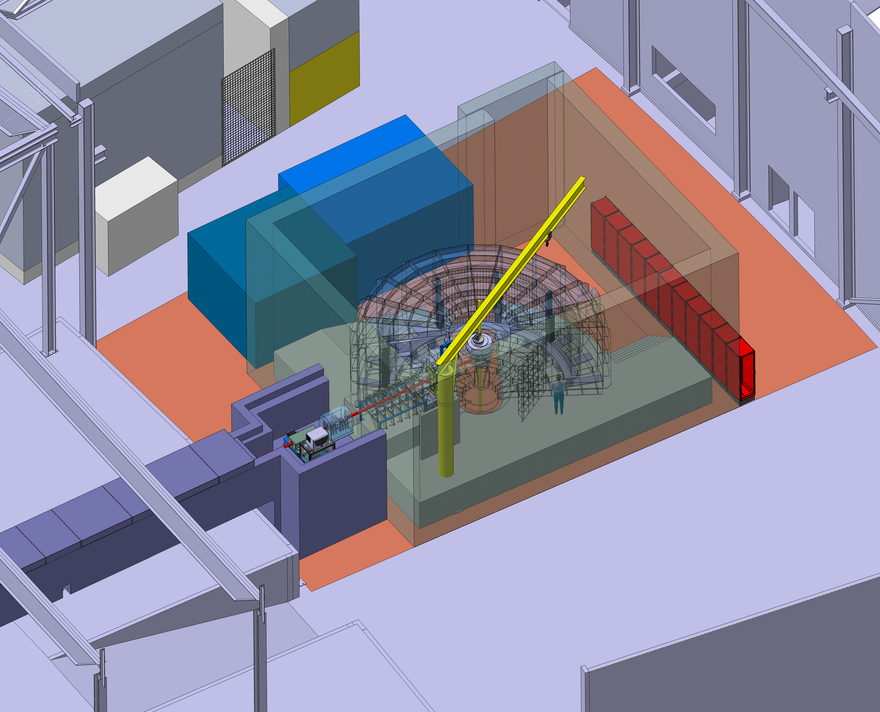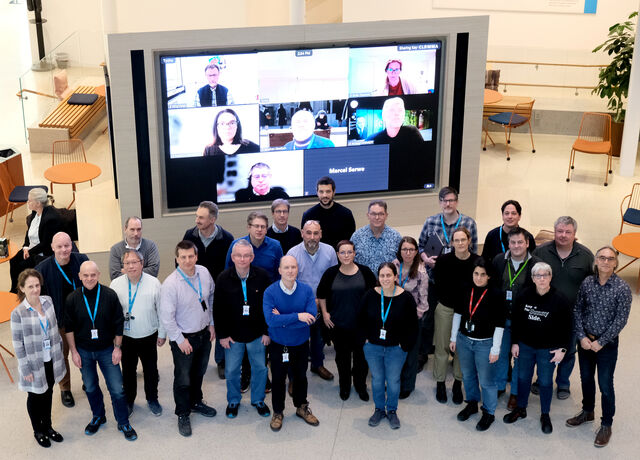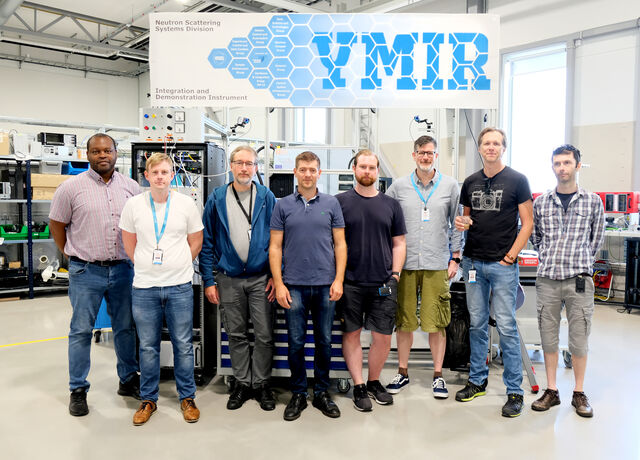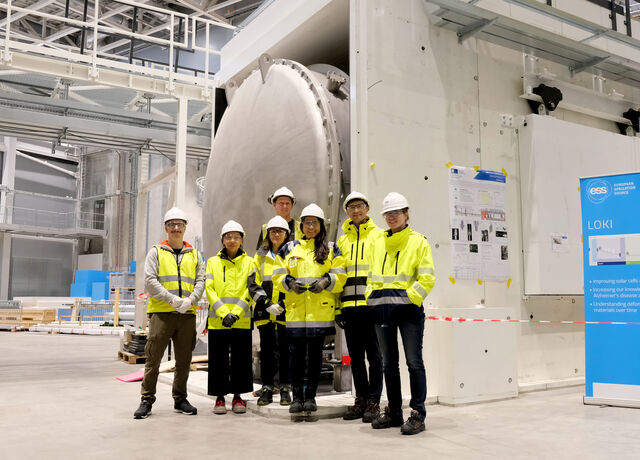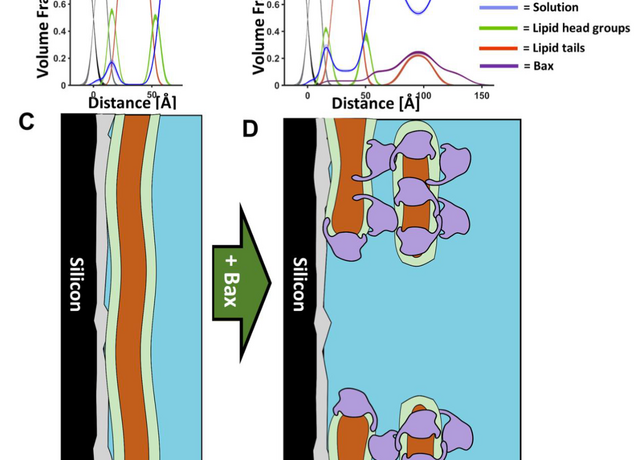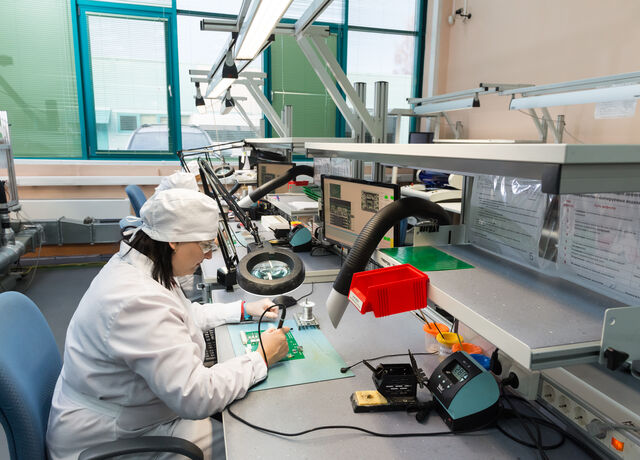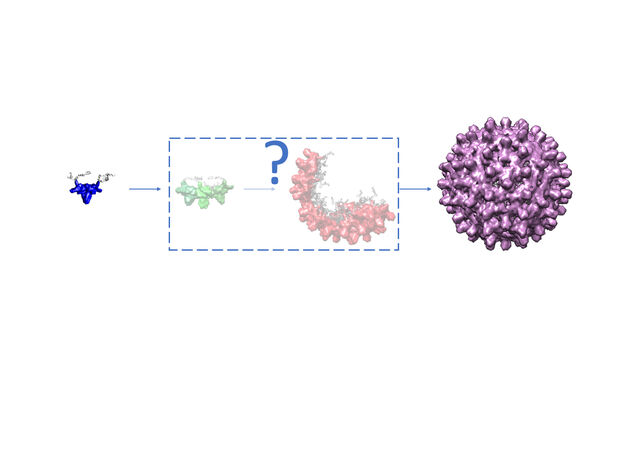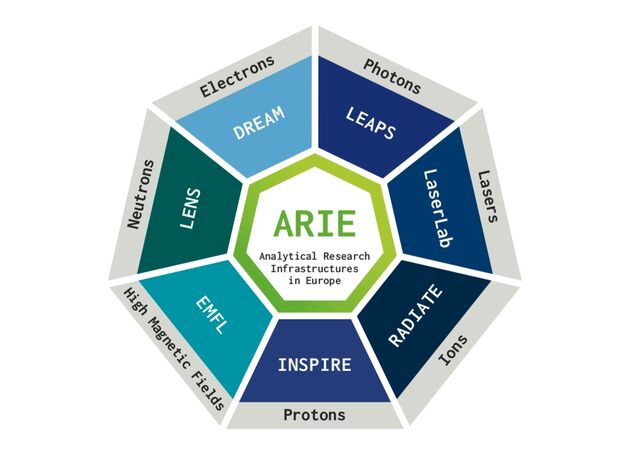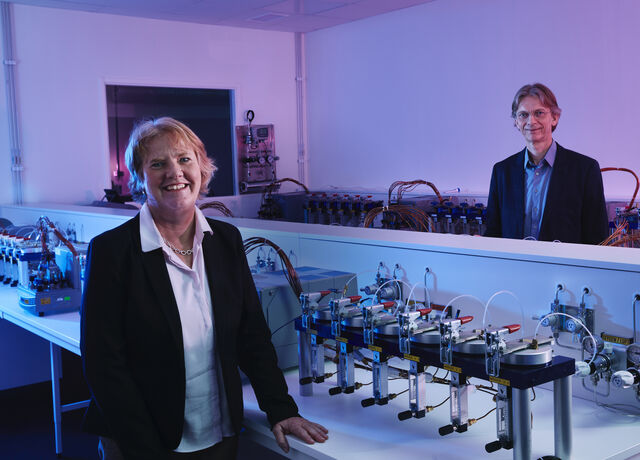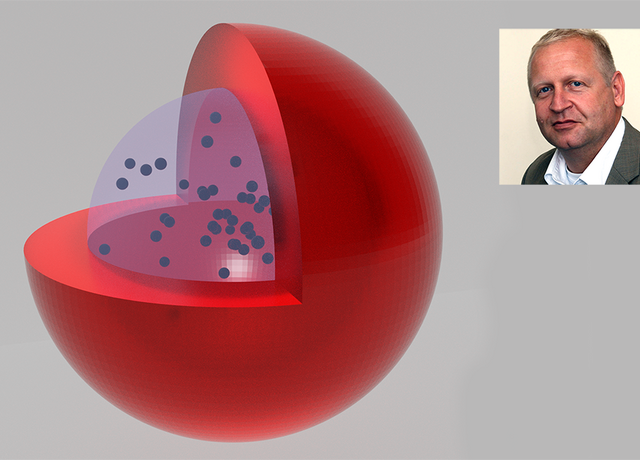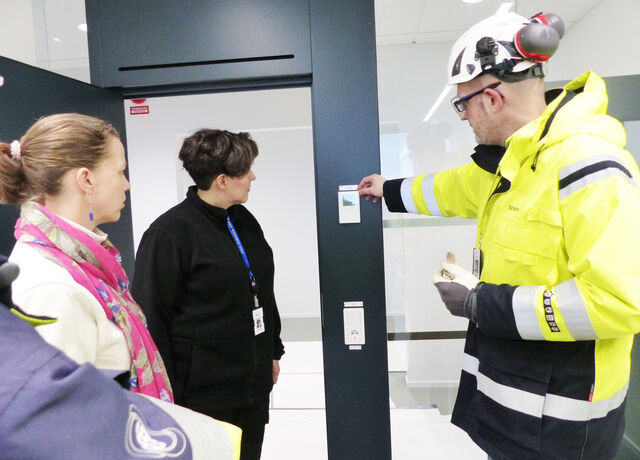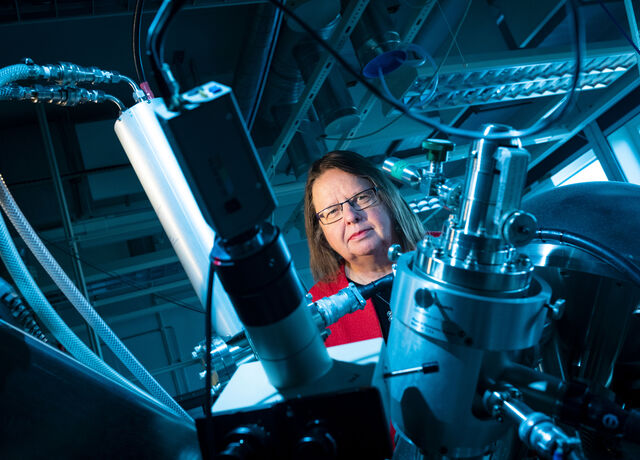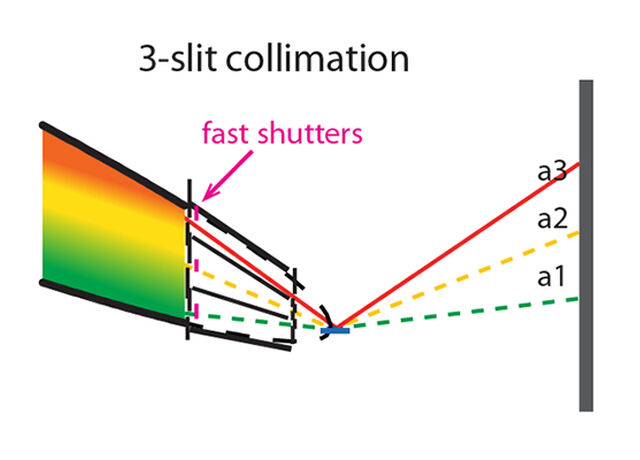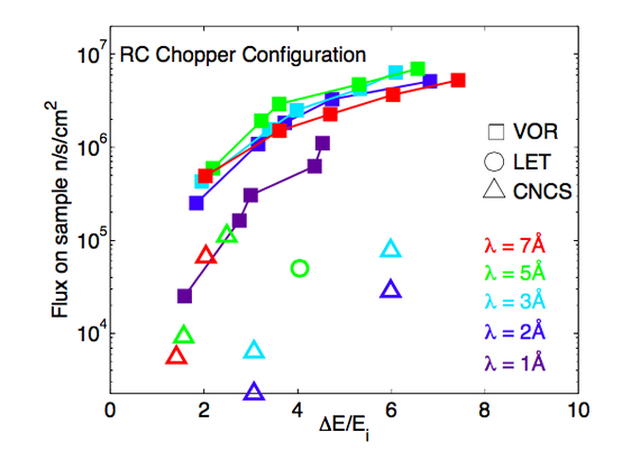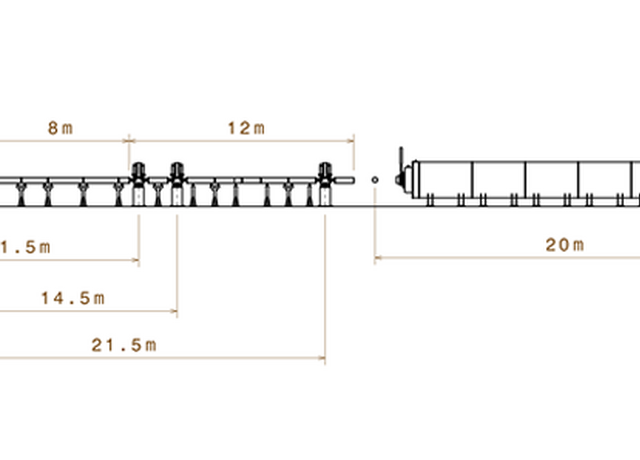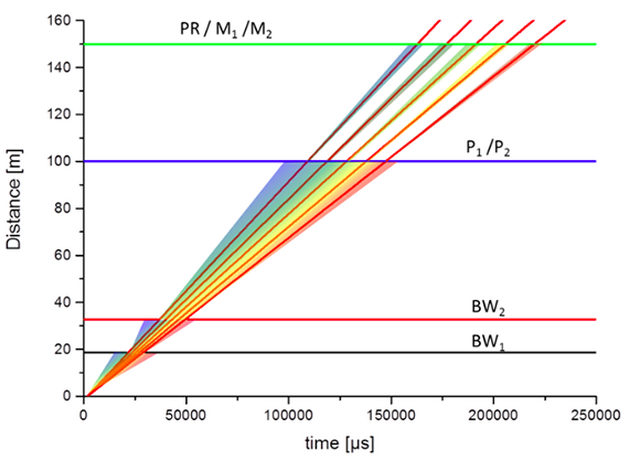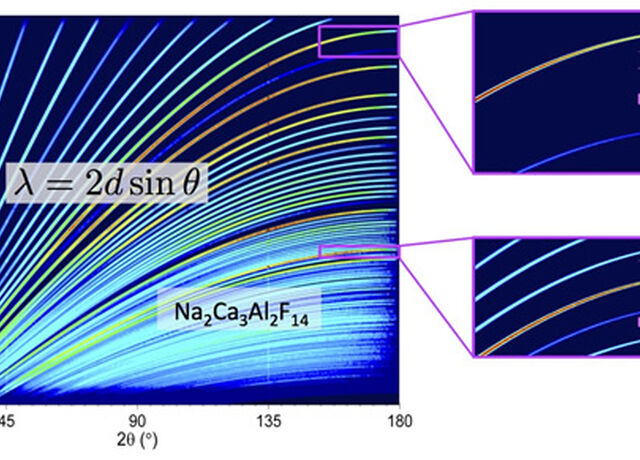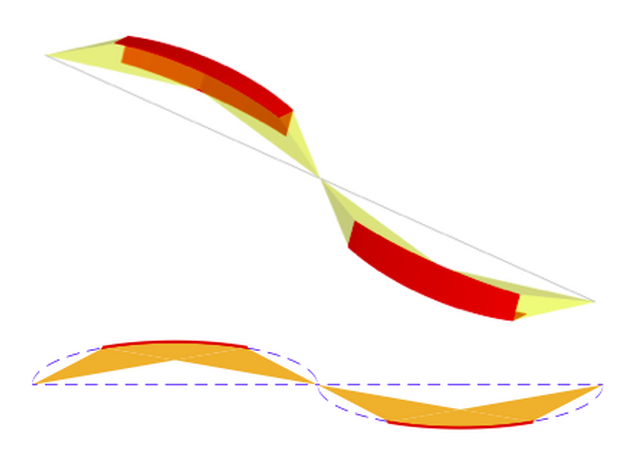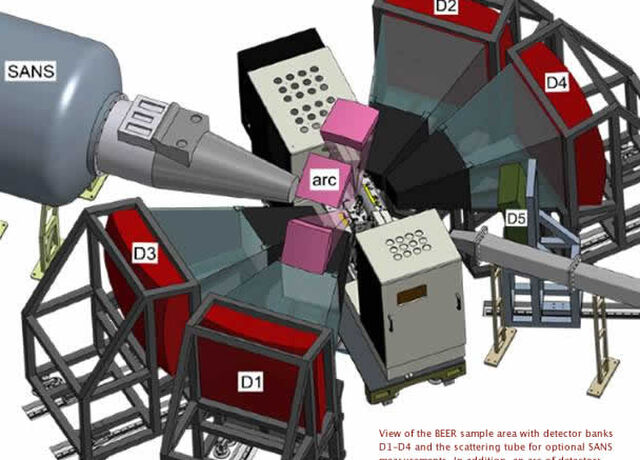T-REX
Bispectral Chopper Spectrometer
T-REX will probe mainly single crystals of low dimensional, topological and frustrated materials, quantum magnets, high temperature superconductors, multifunctional oxides, molecular magnets and functional materials, such as catalysis metals, ion-transport materials, fuel cell membranes, nanomaterials, thermo-electric and magneto-caloric materials. These have potential societal applications in fields such as sustainable energy solutions, minimizing pollution, and water purification.
In order to achieve this, the spectrometer T-REX will measure a wide dynamic range with good wave-vector resolution and polarization analysis over the energy transfer range from 20 µeV to 140 meV. The instrument will support different configurations to match the expected flexibility and versatility requested by the wide user community. Measurements will be supported in two modes, using polarized and non-polarized neutrons. In particular, polarized neutrons will enable the separation of the magnetic spectra from nuclear scattering, the analysis of polarization and eigenvectors of magnetic excitations and permit the separation of coherent and nuclear spin incoherent scattering, which is of particular importance for hydrogen-containing samples in energy research, soft matter and life sciences. Spectroscopy using non-polarized neutrons in the wide dynamical range offered by T-REX will enable the investigation of coherent excitations, spin correlations and fluctuations, relaxations and diffusion processes in a broad range of samples and applications.
Instrument Class
Beam Port
Lead Scientist
Lead Engineer
Studies of excitations in quantum condensed matter strive to explore the energy range from several tenths of μeV, for the determination of small energy gaps, to several hundreds of meV, for studies of e.g. excitations in the parent compounds of high-temperature superconductors or excitations into the Stoner continuum.
The benefits of polarisation analysis are manifold: it distinguishes different cross sections in the typically rich spectra of complex compounds and provides as such the most solid test of theory. In particular, for heterogeneous systems like magnetic thin films one may suppress the sample-inherent background from a non-magnetic substrate, which dominates the scattering. Another example comes from new multiferroics with a strong magneto-electric coupling: here either chiral magnetic structures or magnetostriction cause multiferroicity. Their fingerprints in the excitation spectra can be identified uniquely by polarization analysis.
One of the strongest scientific missions of T-REX is in the study of functional materials, including catalysis metals, ion-transport materials, fuel cell membranes, nanomaterials (such as nanoporous or metal-organic frameworks for hydrogen storage, nanomembranes for filtration) and thermo-electric and magneto-caloric materials, which all promise potential societal applications in fields such as new and sustainable energies, energy harvesting, environmental pollution, water purification.
Recently new smart and functionalised artificial polymers have been engineered to mimic the functional behaviour of real proteins, such as haemoglobin, at similar physiological conditions. This has further approached the fields of soft matter and life sciences, and has progressed the possibilities for advanced and complex samples on neutron beam lines. In all such “functional” systems, be they artificial or natural, it is clear nowadays that biological functionality is governed by picosecond and nanosecond dynamics, where low-energy single-particle diffusional and relaxational motions and higher-energy collective modes play equally important roles and often are even entangled with each other. Consequently, such scientific fields obviously need the very wide dynamical range of T-REX, capable of measuring both quasielastic and inelastic scattering, independently of the specific kind of sample under investigation.
The instrument length, which is nearly 170 m, defines a useful experimental wavelength band of 1.7 Å. The range of incident energy is selectable from 2 meV to 160 meV.
Therefore, the instrument is designed to accept neutrons generated at both the thermal and cold moderator of the ESS, with a removable cold-neutron extraction system utilising a solid-state bender. Neutron polarisation is provided by a supermirror V-cavity for cold neutrons and a 3He SEOP polariser for cold neutrons. Both are located inside the experimental cave.
T-REX features XYZ neutron spin polarisation analysis. Thermal neutron polarization is achieved with the SEOP setup [1], which has been part of development at JCNS during the last decade and has been successfully implemented for SANS and GISANS. Neutron spin analysis in XYZ is performed with the magic PASTIS setup [2], already manufactured for the TOPAS project. Specific investigations of high quality 3He cells are required [3], to achieve a long decay time of the polarisation of the gas, which is a crucial for experimental investigations.
The chopper system [4] is specifically designed to make an efficient use of the flux provided by the source, by means of poly-chromatic illumination of the sample. It enables variable acquisition time frames, by means of a specially developed chopper (the FAN chopper) that suppresses selectively the sub-pulses generated by the resolution-defining choppers. The energy resolution can be adapted by quantised variation of the commensurate chopper frequencies, within the limits imposed by the secondary path uncertainty (20 mm). By limiting the beam collimation, the Q resolution can be tailored to the experimental needs, as investigated in the study of the instrumental resolution function [5].
The secondary spectrometer features a vacuum path of 3 m from sample to detector, which will cover 2.2 sr when reaching the full scope. With the angles covered by design, it will yield a dynamic range that extends from 0.05 Å-1 < Q < 10 Å-1, thus exploring a wide range of the reciprocal space.
Sample Environment
T-REX will have access to the common pool of sample-environment equipment provided by ESS.
- Andersen, K. H. et al. The instrument suite of the European Spallation Source. Nuclear Instruments & Methods in Physics Research Section a-Accelerators Spectrometers Detectors and Associated Equipment 957, 39, doi:10.1016/j.nima.2020.163402 (2020).
- E. Babcock, Z. Salhi, T. Theisselmann, D. Starostin, J. Schmeissner, A. Feoktystov, S. Mattauch, P. Pistel, A. Ioffe, J. of Phys / Conf. Series 711, 012008 (2016)
- E. Babcock, Z. Salhi, P. Pistel, A. Ioffe, G. Simeoni, J. of Phys / Conf. Series 528, 012018 (2014)
- Z. Salhi, E. Babcock, A. Ioffe, P. Pistel, J. of Phys / Conf. Series 528, 012015 (2014)
- J. Voigt, N. Violini, T. Brückel, NIMA 741, 26 - 32 (2014)
- N. Violini, J. Voigt, S. Pasini, T. Brückel, NIMA 736, 31 - 39 (2014)
Lead Scientist
Christian Franz, Forschungszentrum Jülich, Germany
Lead Engineer
Marcel Serwe, Forschungszentrum Jülich, Germany
Team
FZ Jülich: Nicolò Violini, Mario Könen, Oliver Gernhard, Jörg Voigt
Università degli Studi di Perugia: Francesco Sacchetti, Andrea Orecchini
Consiglio Nazionale delle Ricerche: Enrico Zanieri, Alessio Laloni




























